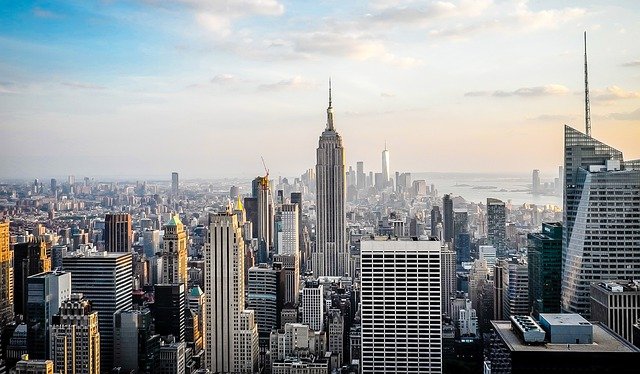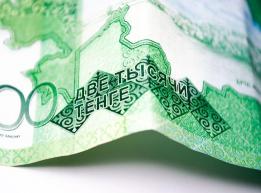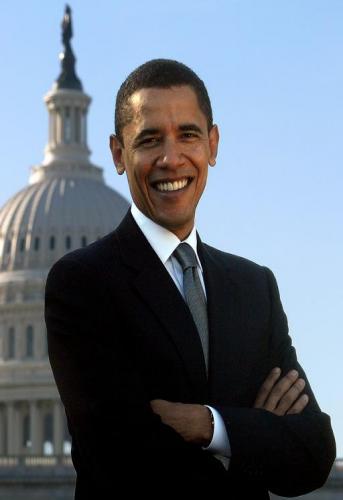
Have you always dreamed of living in the big city? Now may not be the time.
For the sixth month in a row, apartment rental prices in Manhattan have reached a record high. With the median rate last month at $4,150 per month, rentals have climbed 2.5% since June and a whopping 29% from just one year ago. Renters are currently shelling out an average of $5,113 per month.
According to Jonathan Miller, president of Miller Samuel Real Estate Appraisers and Consultants, rent prices are expected to soar even higher this month as August is generally peak season. It is unclear what to expect from September, though. If the Federal Reserve continues to raise interest rates with the hope to curb inflation, the possibility of a recession will become more of a reality. In this situation, layoffs would be expected and demand for Manhattan rentals may decline, which would likely result in an ease on prices. However, Miller expects that rent prices will continue to climb till the year’s end, perhaps at a slower rate.
While rentals are in high demand, the dream of many to become homeowners is being put on hold. Rising mortgage rates are making the possibility of buying now impossible for many. With the current average rate on a 30-year fixed-rate mortgage now at 5.81%, families are opting out. With less buyers, the rental market is seeing extra added pressure, contributing to the increase in rates.
As the economy continues fluctuate in so many areas, the housing market will swing along accordingly. With the end of year gradually approaching, it will be interesting to see what develops. As Miller has asserted, “…it is going to come down to external factors like unemployment and hard landing to see what happens next.”

